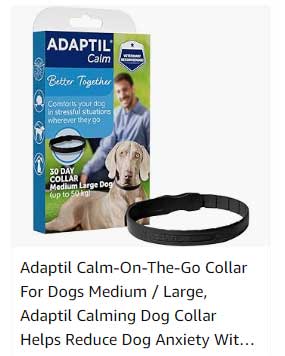If you’ve recently tried using a face collar on your dog and found that they seem to dislike it, you’re not alone.
Many dog owners report similar reactions when introducing their pets to this type of lead control.
Understanding why dogs may react poorly to face collars can help you choose the right tools for leash training and ensure a more harmonious walking experience for both you and your furry friend.
1. Discomfort and Sensitivity
One of the primary reasons dogs dislike face collars is the potential for discomfort.
Face collars, also known as head halters, work by fitting around the dog’s muzzle and attaching to a leash.
While they are designed to give owners better control, the pressure placed on a dog’s nose and face can feel unnatural and uncomfortable.
Dogs have sensitive skin and acute senses; anything that puts pressure on their face might lead to frustration and resistance.
2. Loss of Control and Trust
To many dogs, wearing a face collar can feel like a loss of control.
Dogs are naturally inclined to lead during walks, and a head halter may inhibit their instincts to explore or move freely.
If a dog feels that their movement is being restricted, they may respond negatively, showing signs of anxiety or frustration.
Building trust between you and your pet is fundamental, and an uncomfortable collar can undermine this bond.
3. Training and Adjustment Period
Introducing a new collar can take time, and many dogs need an adjustment period to accept a face collar.
If your dog hasn’t been properly desensitized to the collar, they may associate the initial experience with something negative.
It’s crucial to introduce the collar gradually—allow your dog to sniff and investigate it, and take time for them to associate it with positive experiences like treats and praise before you even put it on.
Skipping this training step can lead to aversion.
4. Misusage and Misunderstanding
Sometimes, owners may misuse the collar inadvertently.
If it is too tight or improperly fitted, it can cause discomfort or even pain.
A poorly fitted collar may pull on the dog’s muzzle in ways that are harsh, causing stress and leading the dog to resist wearing it altogether.
Always ensure that the collar fits properly and that you are using it as intended to avoid causing distress.
5. Inherent Distrust of Restraint
Dogs, by nature, are creatures that prefer freedom of movement.
Any form of restraint can be met with a behavioral response that indicates distrust or refusal.
A face collar might evoke a sense of restriction, leading to anxiety when your dog feels they cannot move the way they desire.
This natural aversion can result in your dog disliking the collar.
6. Behavioral History
A dog’s past experiences can significantly influence their reaction to new restraints.
If a dog has previously had negative experiences with collars or leads, they may carry a fear or distrust of similar items.
This learned behavior can manifest as avoidance or aggressive reactions towards a face collar.
Conclusion
While face collars can offer increased control and a helpful training tool for certain dogs, they are not the right fit for every pet.
Understanding why your dog may hate the face collar allows you to make informed choices about lead control methods.
Observing your dog’s body language and behavior, seeking professional guidance if needed, and considering comfort first can help you find the right balance for enjoyable and stress-free walks.
Always remember, a happy dog makes for a happy walk!









